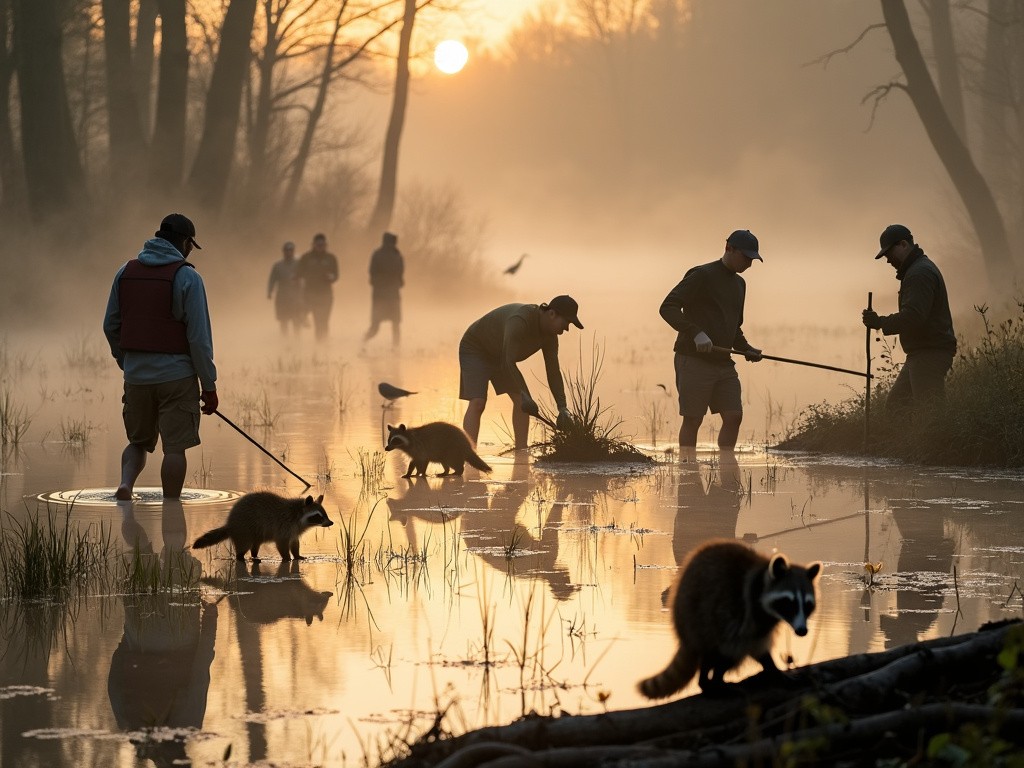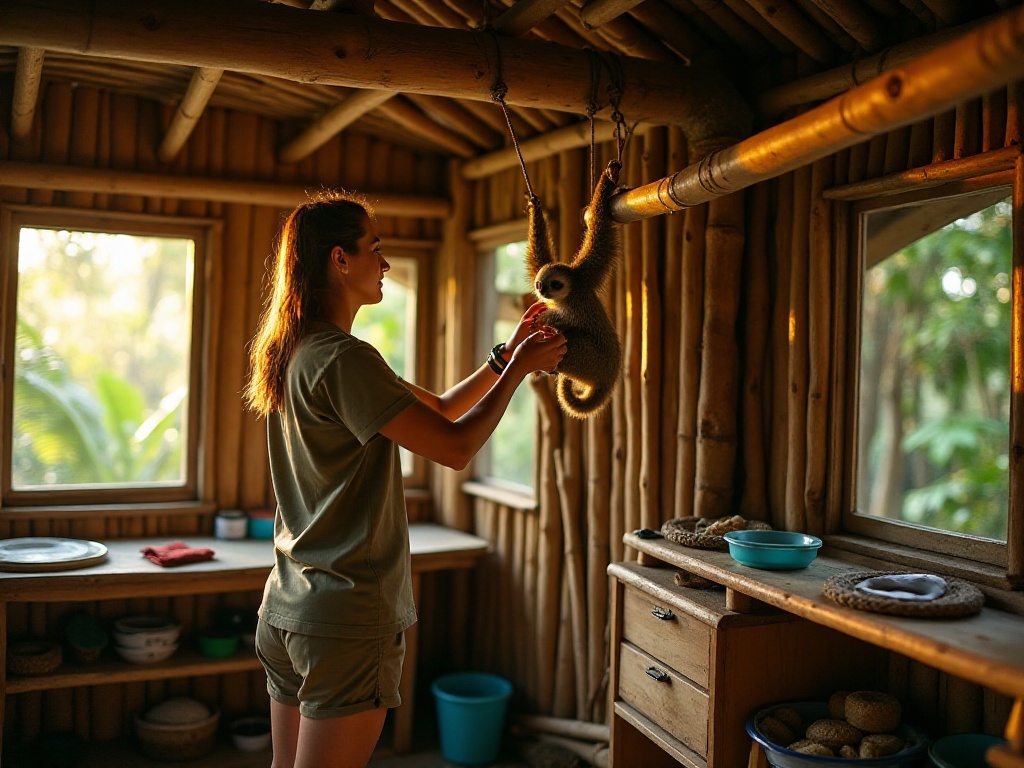Lying in bed restless, tomorrow marks the beginning of this long-awaited journey. Having just packed my bags, I want to share my excitement with you all. I plan to travel in the simplest way - on foot, starting from Ali in Tibet, crossing through southern Xinjiang, and finally reaching Dunhuang. The total distance is about 2,300 kilometers, expected to take 3 months.
These days I've received many messages from friends who think I'm crazy. "It only takes 4 hours to fly to Ali now, why walk for 3 months?" "Isn't walking too dangerous, how dare you go alone?" I've heard such questions so many times my ears are calloused. But my thinking is simple - only by measuring every inch of land with my feet can I truly experience the magnificence of this vast territory. Like the ancient merchants, monks, and explorers, I want to feel the charm of this thousand-year-old road one step at a time.
I remember being deeply attracted to this legendary trade route when I first read about the Silk Road in my history textbook as a child. The caravans crossing mountains and rivers, the endless sound of camel bells, the diverse languages from different regions, and those mysterious Buddhist grottoes all planted a seed of exploration in my heart. Now, it's finally time for that seed to sprout.
I spent six full months planning the route for this trek. Just studying maps took a month - every evening after work, I would study the terrain, calculate distances, and mark supply points. Starting from Ali, I'll first cross the desert and gobi of Ali region, passing through Zanda Earth Forest to Shiquanhe. This section is about 500 kilometers, which should take about 20 days at a pace of 25 kilometers per day.
Last year I met a traveler who had walked this route. He said the weather is the most challenging part. Temperature differences between day and night can exceed 30 degrees - scorching sun during the day, freezing cold at night. Plus, the altitude stays mostly above 4,000 meters, demanding exceptional physical fitness. But it's precisely in such places that you can see the most pristine landscapes. They say in Zanda Earth Forest, the "earth forest" silhouettes under moonlight look like mysterious ancient castles, breathtakingly beautiful.
Next comes the most challenging section - crossing the edge of the Taklamakan Desert in southern Xinjiang. Here the terrain is complex and supply points are extremely scarce. The longest distance between two supply points is nearly 200 kilometers, meaning I'll need to carry at least a week's worth of food and water. But it's in this rarely visited area that the most original Silk Road relics are preserved. Those beacon tower ruins and ancient city remains that are over a thousand years old stand silently on the gobi desert, telling ancient stories.
I specifically designed the route to pass through several famous archaeological sites. For example, the ancient city of Hotan in Xinjiang, where unearthed jade artifacts give us a glimpse of the prosperity of this ancient jade capital. There's also the Niya ruins, which preserve complete Han Dynasty building complexes and even two-thousand-year-old wooden slips with writing. Local archaeologists say new discoveries are made every year during excavations, these precious artifacts helping us reconstruct the historical appearance of the ancient Silk Road.
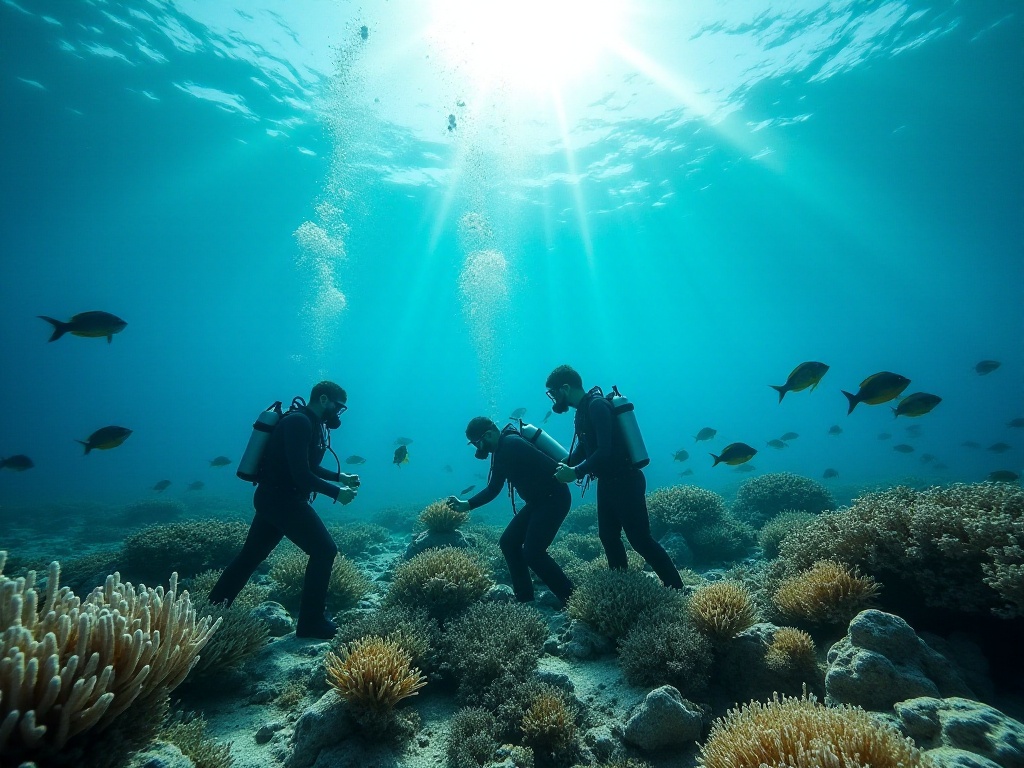
Speaking of equipment, it's quite an investment. I chose a 65-liter backpack and must keep the weight under 15 kilograms. On such long-distance treks, every extra kilogram carried multiplies the physical exertion while walking. So when choosing equipment, I calculated carefully, repeatedly weighing whether each item was truly necessary.
I chose a windproof and rainproof double-layer tent - although almost a kilogram heavier than a single-layer tent, this choice is definitely worth it in the plateau's changeable weather. The sleeping bag is specially customized for high altitude, able to handle temperatures down to minus 20 degrees. For the stove, I chose the classic MSR, a standard for plateau trekking that works normally even in strong winds.
The water purifier is my recently acquired new equipment. I heard that in plateau areas, many streams have good water quality, but filtering is still necessary for safety. For dry food, I mainly chose high-calorie, easily portable items like chocolate, nuts, and compressed biscuits. They say that in plateau regions, the body's daily energy consumption is over 30% higher than in flatlands, so food calories must be adequate.
Special mention goes to sun protection and warm clothing. Plateau UV rays are particularly strong, so I prepared sunscreen with SPF 90, along with sun-protective clothing, sun hats, and sunglasses. When temperatures plummet at night, warm gear like fleece clothing, down jackets, and fleece gloves are essential.

Starting a trek from Ali at 4,500 meters altitude is no joke in terms of physical demands. I began targeted training two months in advance. Every day after work I would go to the gym to run, and on weekends I would hike nearby mountains. Starting with carrying 5 kilograms for two hours, gradually increasing to 15 kilograms for six hours.
Speaking of altitude sickness, it's truly a headache. Last year's data showed that over 60% of tourists experience varying degrees of altitude sickness in their first three days in Ali. The worst isn't the headache, but the feeling of not being able to breathe. Walking a few steps feels like you've just run a marathon, like your lungs are about to explode.
I specifically consulted a plateau medicine expert who said the key to altitude adaptation is gradual progression. He recommended staying in Lhasa for 3-4 days before going to the higher-altitude Ali. During this time, drink plenty of water, get adequate sleep, and avoid strenuous exercise. He especially reminded me to carry rhodiola and altitude sickness medication just in case.
Honestly, what attracts me most about this route is the rich cultural heritage along the way. From the Guge Kingdom ruins to the Kizil Grottoes, each site is like an open history book recording thousand-year-old stories. According to cultural relics departments, there are over 200 important historical and cultural sites distributed along this route alone.
The Guge Kingdom ruins can be said to be the most stunning cultural landscape in the entire Ali region. This ancient city built on reddish-brown cliffs was once an important stronghold of the Tubo Kingdom. The well-preserved murals, Buddhist statues, and complex underground passages all tell the story of this mysterious kingdom's rise and fall. According to local guides, new archaeological discoveries are made every year - last year, for example, a batch of precious Tibetan scriptures was found in an underground chamber.
The Kizil Grottoes is another place I've long looked forward to visiting. This is Xinjiang's earliest existing Buddhist cave complex, with murals of extremely high artistic value. Especially those murals depicting Buddhist stories, which integrate various artistic styles including ancient Greek and Persian, truly recording cultural exchanges along the Silk Road.
Over 500,000 visitors come to these sites annually, but those who choose to walk are very few, probably less than 1%. I think the significance of walking lies in this - you can experience the path of ancestors in the most primitive way. Only when you're walking step by step under the scorching sun, treading on soft sand, can you truly understand the hardships of ancient merchants and travelers.
While planning the route, I also consulted numerous historical materials. I discovered that during the Tang Dynasty, there was a post station every 30-40 kilometers along this route, providing rest and supplies for traveling merchants. Although most of these post stations have now vanished into historical dust, you can still see the outlines of some ruins through satellite maps. I plan to try to find traces of these ancient post stations during my trek.

To be honest, solo trekking does involve many risks. I've made many preparations to ensure safety. First, I bought professional outdoor insurance that covers not only accidents but also emergency rescue. The satellite phone I'm carrying ensures I can contact the outside world even where there's no mobile signal. At important supply points, I've contacted local guides or inn owners in advance, so I can seek help promptly in case of emergency.
Last year's data showed that 85% of accidents on this route were caused by insufficient preparation. So I specifically attended a wilderness first aid training course to learn basic medical emergency knowledge, such as how to handle sprains and heat stroke, and how to use medicines in the first aid kit.
I've also downloaded offline maps on my phone, marking all supply points and safety houses. At each supply point, I will replenish adequate food and water, and arrive one day in advance, so there's buffer time in case of bad weather.
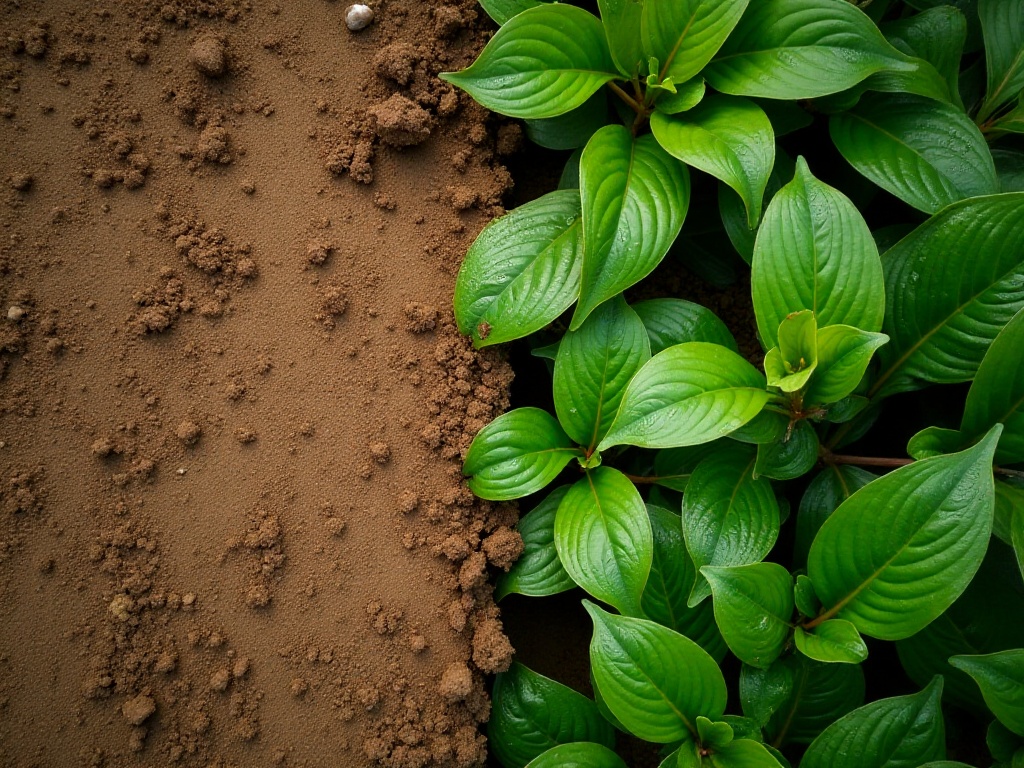
After such long preparation, my biggest realization is: seemingly casual travel actually requires thoughtful planning. Just like ancient merchants walking the Silk Road, every step needs careful planning and preparation. This is not only being responsible for oneself but also showing respect for this land.
More and more young people are choosing this kind of "slow travel" now. According to one travel website's data, the number of young people choosing walking tours increased by 45% in 2023 compared to 2022. I think perhaps this is because in this fast-paced era, we're all seeking a way of travel that allows our souls to settle.
The significance of walking lies not only in reaching the destination but more in the experiences and insights along the way. Only when you're walking on this vast land, looking at the stars, listening to the wind blowing across the gobi, can you truly feel how small you are and how vast this world is.
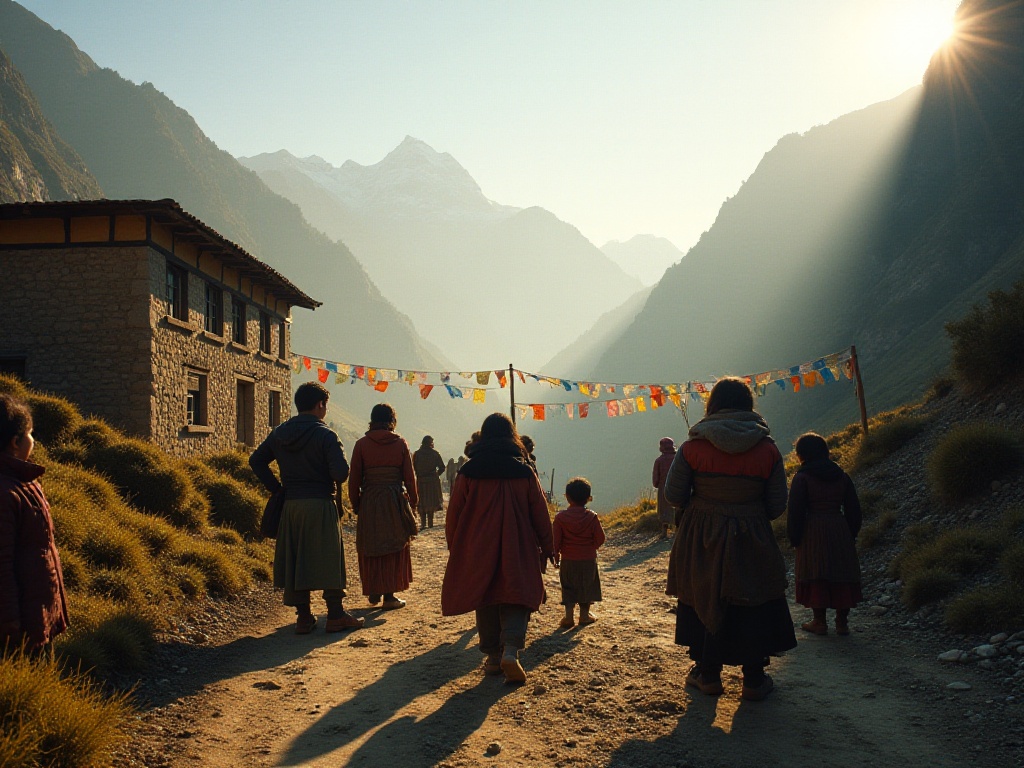
This trek from Ali to Dunhuang is just the beginning. I've made a five-year plan to walk the entire Silk Road completely. Starting from the ancient capital Xi'an, crossing Central Asia, all the way to the Mediterranean coast. This is indeed an ambitious plan, but I believe that as long as one walks with reverence and stays grounded, it can definitely be achieved.
In this process, I not only want to measure the distance of this ancient trade route but also deeply understand the culture and history along the way. At each place, I will spend time in local museums and libraries to understand the historical changes here. I believe only in this way can one truly understand the cultural connotations of the Silk Road.
After this trek, I will compile a complete guidebook, including detailed route maps, supply point information, equipment lists, and so on. Hope this can help those of you who also love trekking. After all, everyone has their own Silk Road in their heart, don't they?
Every step on this road is a tribute to history, an exploration of culture, and more importantly, a transcendence of self. Perhaps someday in the future, we will meet on this ancient trade route, together experiencing the magnificence and wonder of this land.
 Previous
Previous


